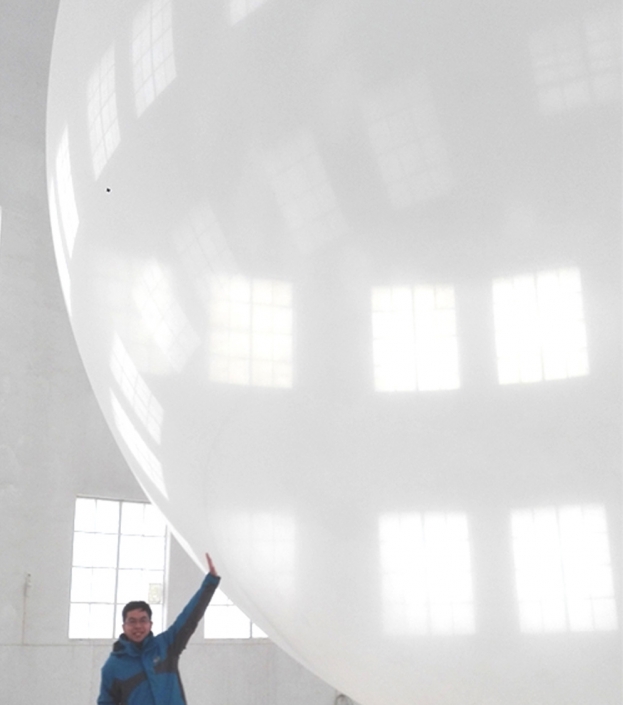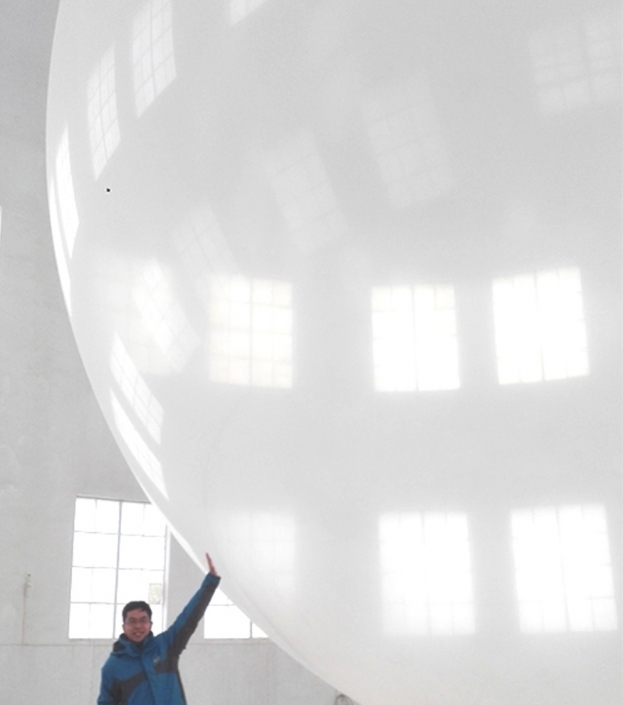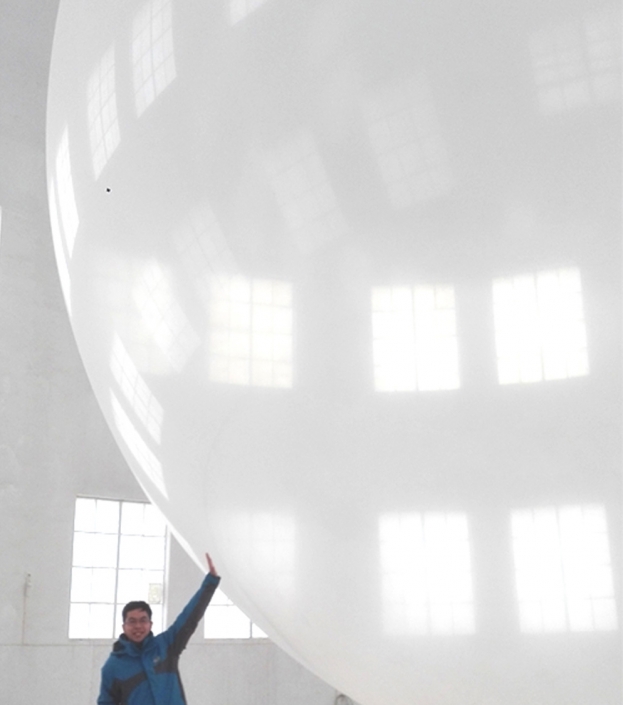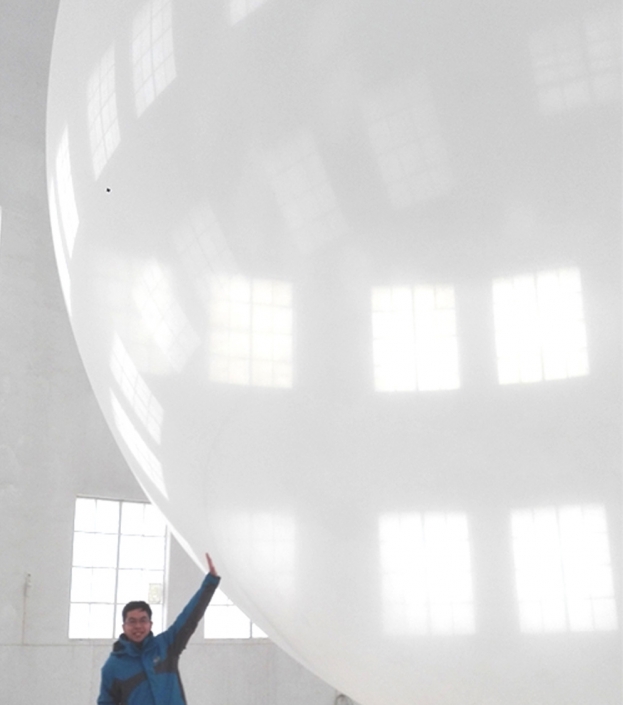©2023 Ningbo Huanjie Electronics Co.,Ltd. All Rights reserved
NSL Meteorological balloon
The NSL series meteorological balloons all use a specially designed double-layer ball structure: the inner ball is the main functional meteorological balloon, and the outer ball is an auxiliary protective balloon. The handles of the inner and outer balls are fixed together through a one-way nozzel and are used with a matching inflation balance device. When the outer ball is inflated to the corresponding net lift at around 10,000 to 13,000 meters in altitude, it will burst. After the outer ball bursts, the vast majority of the debris will detach from the main body of the balloon, and the main body of the balloon will continue to carry the instrument to the designated airspace.
Our NSL series meteorological balloons (NSL-40 sounding balloon and NSL-45 sounding balloon) for near-space use have been developed using advanced materials processing. They can carry various types of sounding instruments/other detection instruments to reach near-space at 40-50km (which is also the highest altitude in the world) and the effective rate of bursting altitude can be more than 90%
During the ascent, in-situ detection of near-space temperature, air pressure, wind field, etc. can be performed. These balloons have the advantages of low one-time investment, low cost per detection, and the ability to carry different detection instruments to detect multiple environmental factors with greater flexibility. The detection implementation is not affected by geographical and climatic factors. Compared with other detection methods such as meteorological rockets, laser radar, and satellite remote sensing, the technology of carrying sounding instruments on meteorological balloons for detection has the advantages of low cost, flexible operation, and high safety performance, making it suitable for business application.
This functional specification requirement document standardizes the composition structure, functional requirements, performance requirements, and inspection requirements of the NSL series double-layer combined meteorological balloons under all-weather climate conditions (including rainy and snowy weather, strong wind weather, high humidity weather, extremely cold weather, etc.) in the stratosphere. The main and auxiliary balloons of the meteorological balloon are made using mature ion deposition process technology. The main material is natural latex, and chloroprene latex/nitrile latex with improved performance is used. A cold-resistant system with a lower solidification point plasticizer is used. The aging resistance system with strong ozone resistance and UV resistance is preferred. Nano-enhancement technology is used. Through formula and process research, combination meteorological balloons that can provide sufficient expansion volume are developed to meet the needs of maintaining the flight buoyancy of balloons in various spatial segments of the stratosphere.






